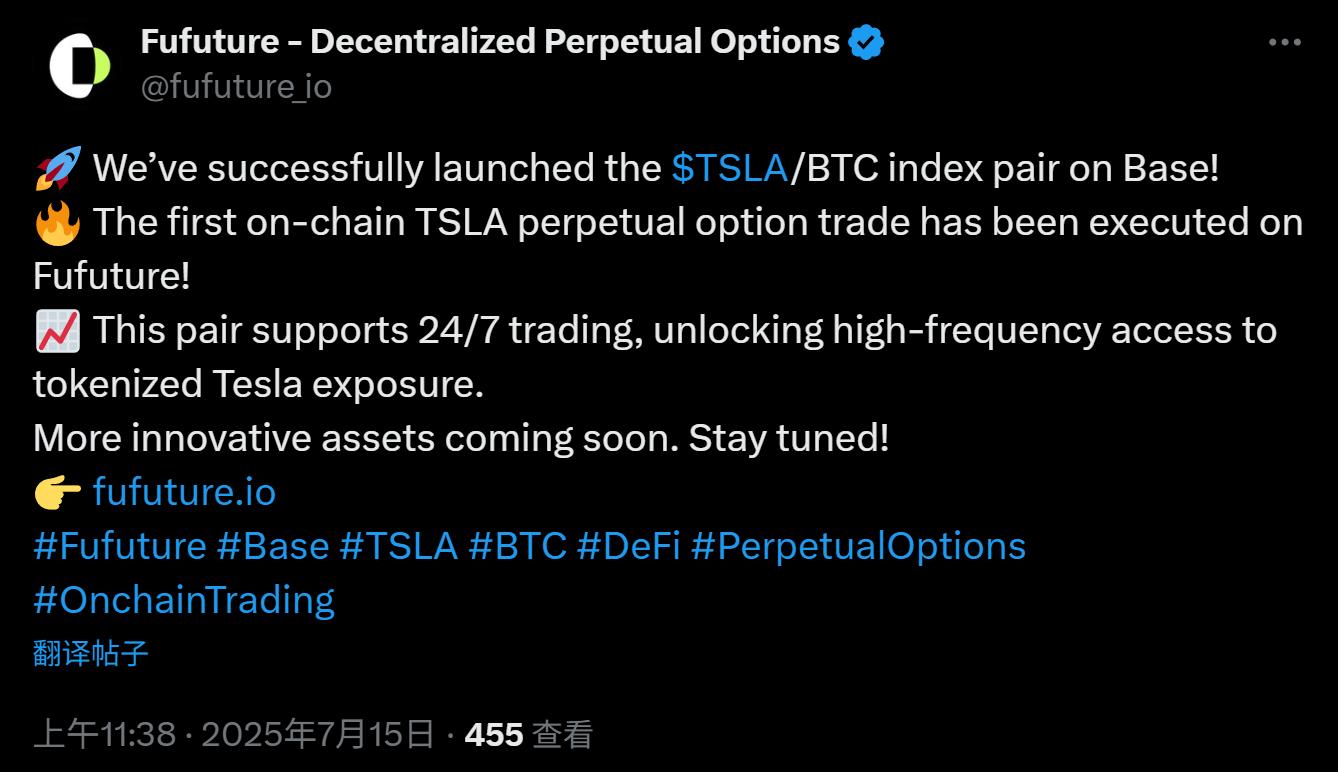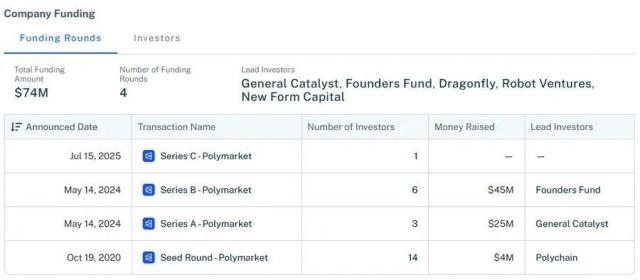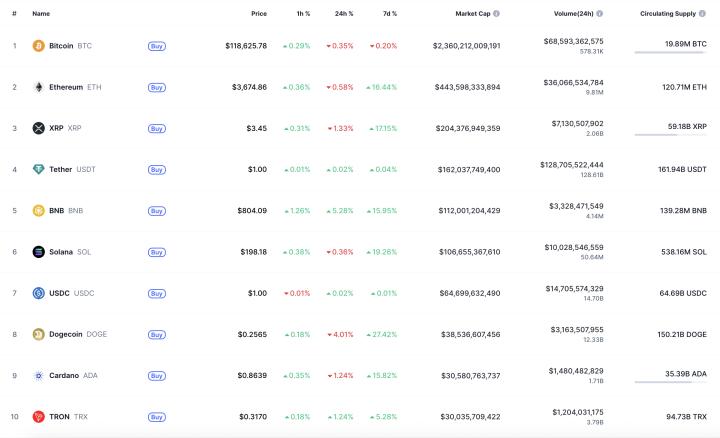From "being on-chain" to "being usable", becoming a "tradable live asset", releasing the liquidity of US stock tokens.
Written by: Web3 Farmer Frank
Since late June, the Crypto industry has sparked a wave of "US stock on-chain" trend, with Robinhood, Kraken and others successively launching tokenized versions of US stocks and ETF trading services, and even launching high-leverage contract products for these tokens.
From MyStonks, Backed Finance (xStocks) to Robinhood Europe, they all allow users to trade US stock assets on-chain through "actual stock custody + token mapping" - theoretically, users only need a crypto wallet to trade Tesla and Apple stocks at 3 AM without opening a brokerage account or meeting capital thresholds.
However, with the rollout of related products, news about pin points, premiums, and de-pegging quickly surfaced, revealing liquidity issues: While users can buy these tokens, they can almost never efficiently short, hedge risks, let alone build complex trading strategies.
US stock tokenization essentially remains at the initial stage of "only being able to go long".
III. Making US Stock Tokens "Active Assets"
In the traditional US stock market, the abundance of liquidity does not stem from the spot assets themselves, but from the trading depth built by derivative systems such as options and futures—these tools support the three core mechanisms of price discovery, risk management, and capital leverage.
They not only improve capital efficiency but also create long and short game, non-linear pricing, and diversified strategies, attracting market makers, high-frequency funds, and institutions to continuously enter the market, ultimately forming a positive cycle of "active trading → deeper market → more users".
However, the current tokenized US stock market precisely lacks this structural layer, as TSLA.M, AMZNX, and other tokens can be held but cannot be "used"—they cannot be pledged for loans, used as margin for trading other assets, let alone constructing cross-market strategies.
This is extremely similar to ETH before the DeFi Summer, when it could not be lent, used as collateral, or participate in DeFi. Until protocols like Aave granted it "collateral lending" functions, it released billions in liquidity. Similarly, US stock tokens must replicate this logic to transform deposited tokens into "pledgeable, tradable, and combinable active assets".
If users can short BTC with TSLA.M or bet on ETH's trend with AMZNX, these deposited assets will no longer be mere "token shells" but margin assets in use. Liquidity will naturally grow from these real trading demands.

US stock tokenization product service providers are indeed exploring this path. MyStonks has this month launched a TSLA.M/BTC index trading pair with Fufuture on the Base chain, with the core mechanism being "coin-based perpetual options" to make US stock tokens truly "margin assets usable for trading".
For example, allowing users to use TSLA.M as margin for BTC/ETH perpetual option trading. It is understood that Fufuture plans to expand support for over 200 tokenized US stocks as margin assets. Users holding small-cap US stock tokens can pledge them to bet on BTC/ETH price movements (such as using CRCL.M as margin for a long BTC position), thereby injecting real trading demand.
Compared to CEX's centralized contract restrictions, on-chain options can more freely combine asset pair strategies like "TSLA × BTC" and "NVDA × ETH".
When users can use TSLA.M and NVDA.M as margin for BTC and ETH perpetual option strategies, trading demand will naturally attract market makers, high-frequency traders, and arbitrageurs, forming a positive cycle of "trading activity → increased depth → more users".
Interestingly, Fufuture's "coin-based perpetual options" mechanism is not just a trading structure but also naturally possesses the ability to activate US stock token value, especially in the early stage where a deep market has not yet formed, and can be directly used as an over-the-counter market-making and liquidity guidance tool.
Project parties can inject tokenized US stocks like TSLA.M and NVDA.M as initial seed assets into liquidity pools, building a "main pool + insurance pool" structure. On this basis, holders can deposit their US stock tokens into the liquidity pool, bear part of the seller's risk, and earn option premiums paid by trading users, essentially creating a new "coin-based value-added path".

For example, suppose a user is bullish on Tesla stock long-term and has bought TSLA.M on-chain. In the traditional path, his choices were only:
- Continue holding and wait for appreciation;
- Trade and exchange on CEX/DEX;
But now he can have more options:
- Be a seller to earn option premiums: Deposit TSLA.M into the liquidity pool, waiting for appreciation while earning option premium income;
- Be a buyer to release liquidity: Use TSLA.M as margin for cross-asset option trading of BTC and ETH, betting on crypto market volatility;
- Combination strategy: Market-make part of the holdings, trade another part, achieving a two-way income path and improving asset usage efficiency;
In this mechanism, US stock tokens are no longer isolated assets but truly integrated into the on-chain trading ecosystem, being reused and completing the full path of "asset issuance → liquidity construction → derivative trading loop".
Of course, different paths are still in the exploration stage, and this article only discusses one possibility.
In Conclusion
This round of MyStonks, Backed Finance (xStocks), and Robinhood Europe's actual stock custody model means that US stock tokenization has thoroughly solved the initial problem of "whether it can be issued".
But it also indicates that the new cycle's competition has actually arrived at the stage of "whether it can be used"—how to form real trading demand? How to attract strategy construction and capital reuse? How to truly activate US stock assets on-chain?
This no longer depends on more brokers entering, but on the improvement of on-chain product structures—only when users can freely long and short, build risk portfolios, and combine cross-asset positions can "tokenized US stocks" have a complete financial vitality.
Objectively speaking, the essence of liquidity is not capital accumulation but demand matching. When on-chain can freely achieve "hedging BTC volatility with TSLA options", the liquidity dilemma of US stock tokenization might finally be resolved.







